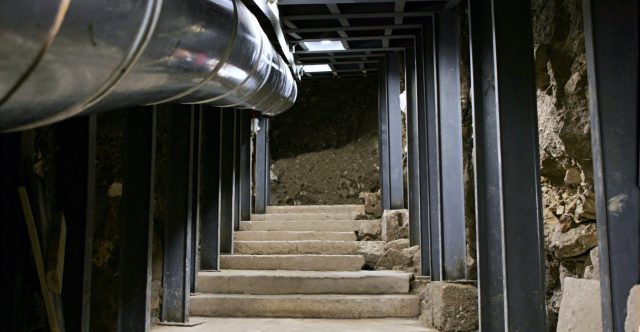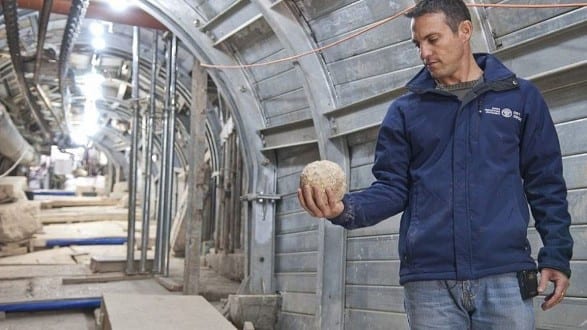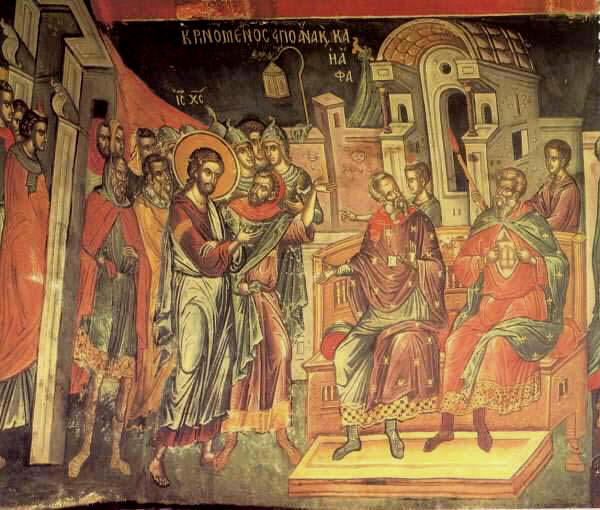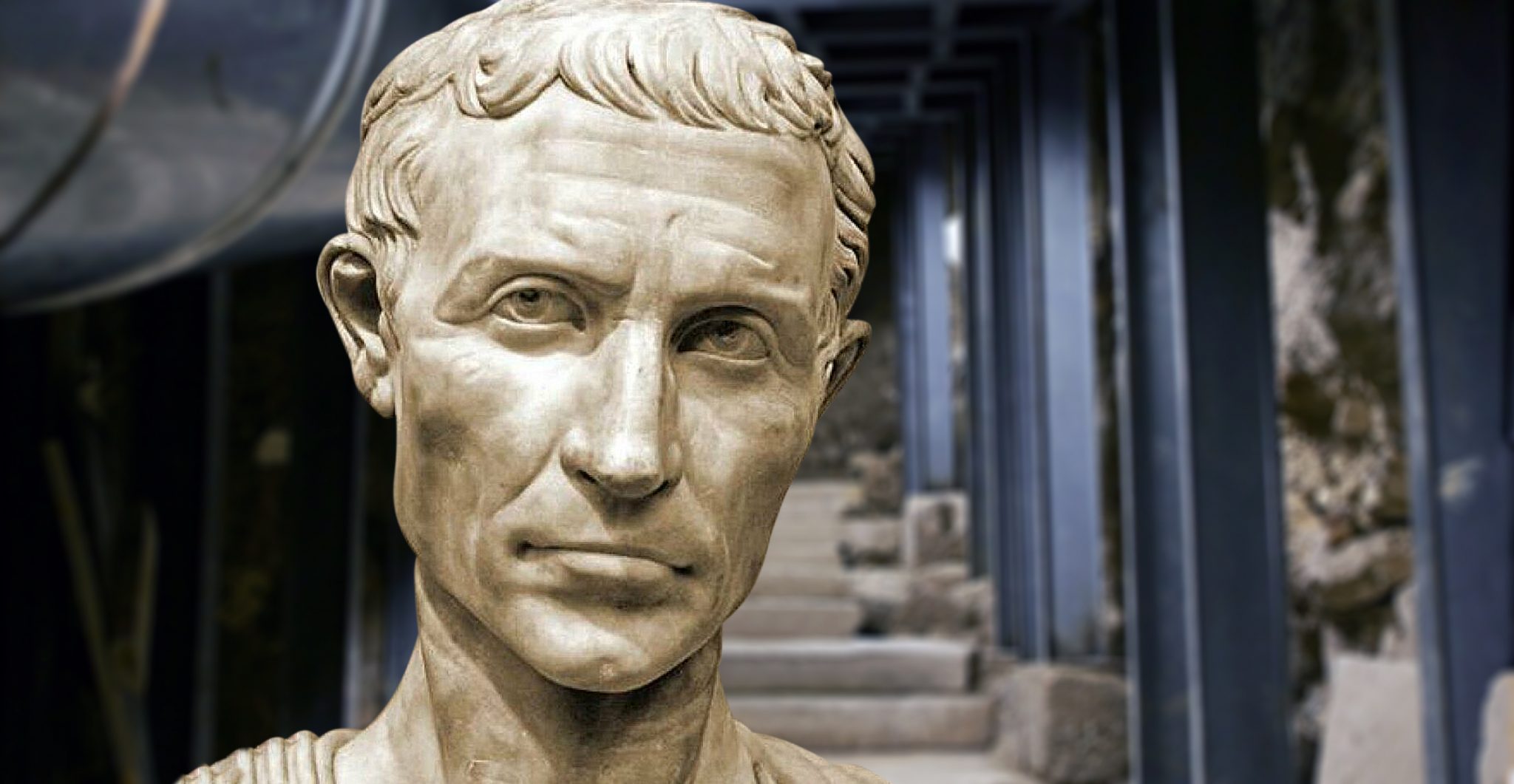An epic Pilgrim’s road and Biblical coins unearthed in Jerusalem have shone a new light on one of the Bible’s most reviled figures. This 26-foot wide limestone route would have led between the sacred sites of the Siloam Pool and the Temple Mount in Jerusalem. It covered a distance of at least a third of a mile.
The Israel Antiquities Authority (IAA) and Tel Aviv University have been excavating the site for 6 years. Funding has mainly come from the City of David Foundation. A 220 m section of the 2,000-year-old road – also described as a “stepped street” – has been revealed so far. A study was recently published in Tel Aviv: Journal of the Institute of Archaeology.
A fairly clear religious connection shows the street was probably a place for pilgrims. Siloam Pool for example was the location of a miracle. Jesus sent a blind man to wash in its waters, restoring his sight in the process.
Some 10,000 tons of limestone was thought to have been used to create the impressive walkway. It isn’t a new find, as the long-buried road was first spotted in the City of David back in 1894. But the presence of over 100 coins under the paving stones has given archaeologists an idea of when exactly the site was established.

For some, the evidence points squarely to Pontius Pilate, the governor of Judaea between 26/27 and 36/37 CE. The Independent quotes Dr. Donald Ariel of the Israel Antiquities Authority: “if a coin with the date on it is found beneath the street, the street had to be built in the same year or after that coin had been minted” he says.
Dr. Ariel added “statistically, coins minted some 10 years later are the most common coins in Jerusalem, so not having them beneath the street means the street was built before their appearance, in other words only in the time of Pilate.”

Pilate is not an individual beloved to readers of Christian texts, putting it mildly. He is believed to have ordered Jesus’ crucifixion. The Jewish community is far from fans of his either. National Geographic writes, “contemporary writers mention incidents in which the governor incited Jewish anger by ignoring the taboo on graven images, and incurred the people’s wrath for stealing Temple funds to pay for a new aqueduct.” This connection to Pilate, if proved true, could possibly shed new light on his legacy.
A Jewish revolt in AD 70 (40 years after the time of Jesus) led to Jerusalem being destroyed after being captured by the Romans, and the road consumed by rubble. Now the Palestinian neighborhood of Silwan in East Jerusalem is being tunneled beneath in order to access this substantial slice of ancient heritage.

The decision has caused controversy, with residents of Silwan and international bodies deeply concerned that boring a tunnel is causing damage above. University of North Carolina archaeologist Jodi Magness is among those who have criticized the approach, which the IAA thinks is appropriate given the built-up nature of the local community. The regarding of the area as occupied territory has further inflamed long-held tensions.
Magness also cast doubt on coins as an indicator of Pilate being responsible for the road. She argues the evidence is far from straightforward, and that the team are exploring material that could have come from more than one source. These remnants of history are “fills that might have been brought in with wheelbarrows from anywhere” she said, quoted by National Geographic.
If Pontius Pilate was indeed the man behind this Pilgrim’s road in Jerusalem, why did he order its construction in the first place? If indeed the road is attributed to Pilate it would put a new perspective on the man, perhaps a more positive one wherein he cared enough about Pilgrim’s entering holy areas that he had a new road built for them. Other factors that motivated him may have included the appeasement of Jerusalem’s disquieted residents. Or it could have been a way of imprinting Rome’s opulent identity onto the city.
Another option is good old-fashioned ego, with Pilate wanting his name to be identified with such prestigious building projects. He eventually left the role of governor, though the reasons for this aren’t known. Some think he was dismissed in disgrace, others that he merely decided to stand down.
Related Article: Mosaic Found may Show Earliest Image of Jesus’ “Feeding the 5,000” Miracle
All roads lead to Rome, especially Pilgrim’s road but in this case, in Jerusalem, it heads toward a fascinating chapter of history.
